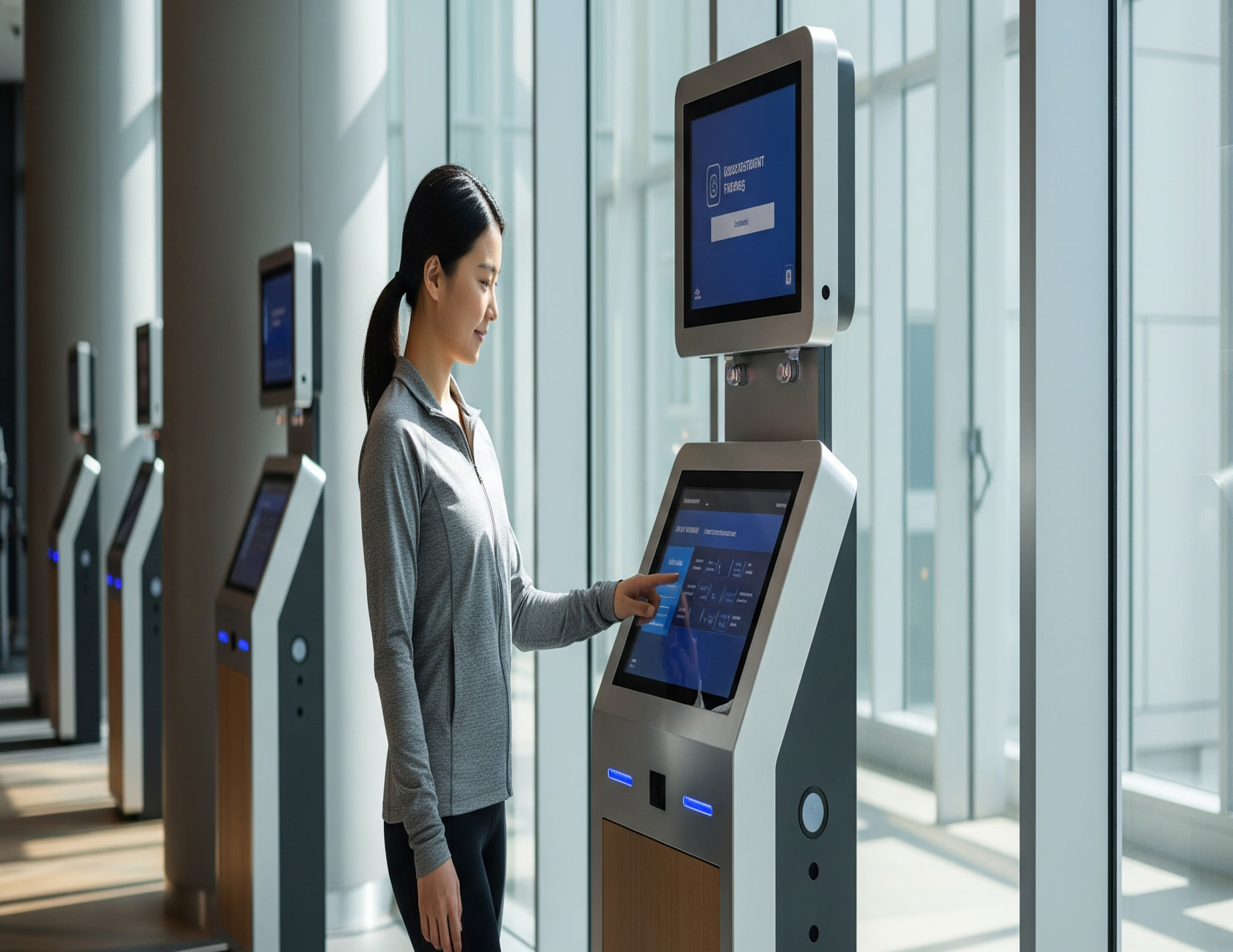%201%20(1).png)
The great Green Building debate has hit a crescendo. Investors, developers, and builders all agree that green buildings are initially more work and higher costs. But not many can argue that eco-friendly buildings benefit everyone from asset managers to residents with healthier materials, increased energy efficiency, and greater resale value.

“Sustainable high-rise buildings might sound like an oxymoron to some, but it doesn’t have to be that way. From flexible use and bringing in the community to incorporating biophilic design and emphasizing people-centric design, many architects are rethinking the way they design skyscrapers and high-rises,” Green Building & Design Magazine shares.
Class A high-rise buildings have stepped up to the plate in the past decade, giving eco-conscious residents better design that cuts energy use naturally.
The World Economic Forum even claims that green buildings are capable of reducing city temperatures by 2°C. “Most people now recognize the energy savings benefits of green buildings. These buildings use less water, energy and other natural resources. In some cases, they can increase biodiversity, produce their own energy and reduce the urban heat island effect."
Multifamily's Lower Energy Use
Researching the connection between housing and energy use, the Joint Center for Housing Studies for Harvard University shows that multifamily units use less energy than single family residences. “Similarly, households living in newer multifamily units used only 33,500 Btu/sq. ft. on average, 24% less energy than those living in older multifamily units. However, due to a combination of factors, energy usage also dropped for households living in older units.”

Some of the home improvements in older units include:
- adding insulation
- installing more energy efficient windows, doors, and HVAC systems
- replacement of existing appliances, lighting fixtures, and electronic devices with more energy-efficient versions
Multifamily's Lower Carbon Footprint
While some feel eco-trends come and go, understanding how buyers and renters search for sustainable homes in core urban settings is here to stay. Real estate market knowledge can be the deciding factor in how downtowns progress in the next century.
Scientific American explains this further, “By their very nature, many condo complexes adhere to some of the most basic tenets of green housing: density, to maximize surrounding open space and minimize buildings’ physical and operational footprints; proximity to mass transit; and reduced resource use per unit, thanks to shared systems, walls and common spaces.
Builders can elect to layer on other green elements, such as high-efficiency appliances and HVAC systems, green roofs and organic landscaping.”

Sustainable Buildings Show Positive ROI
With the ability to delve deeper into green building trends and statistics, many organizations are searching for proof that sustainability is worth the cost. And they're finding it. “The bar is being raised on what it means to be green,” explains JLL’s Global Head of Sustainability Services and ESG, Guy Grainger. “Now that the business case for sustainability is undeniable, the time has come to evolve the valuation conversation.
JLL’s Gayle Kantro adds, “While investors initially doubted the value of certifications like LEED and BREEAM, evidence now shows that green certifications result in a rent premium of 6% and a sales premium of 7.6%. These so-called ‘green premiums’ are proving materially significant, however, there is another facet to consider. JLL’s research shows that buildings that don’t evolve to meet sustainability standards will suffer financially – resulting in a ‘brown discount’.”
Greener Pastures in Greener Cities
One of the most thorough explanations of how green U.S. city centers really are, belongs to RentCafe.com's 2018 study linked in the above infogram. “When we narrow it down to city-level accomplishments in sustainable development, Chicago, IL rises above the crowd with most sustainable apartments (20,600 in 68 large residential buildings), closely followed by Seattle, WA (19,800 units) and Washington, DC (13,200 units). The green list ends with Denver, Dallas, and Los Angeles.”

As the multifamily ecosystem continues to grow at unprecedented speed, many in the business can barely keep up with any type of new builds, not just eco-friendly developments. From labor shortages to supply chain inefficiencies, any impedance can send costs skyrocketing.
“Nevertheless, innovative property technology solutions will increasingly make working at this intersection of green and healthy possible; where optimal building performance AND optimal human performance are achieved,” JLL’s Return on Sustainability Report claims.
Whether speed bumps in supply chain or lack of affordability prevent more buildings from going green, multifamily builders say they are adding more sustainable options to their projects. “Most ...multifamily builders/ remodelers (74%) agree that building green costs more than building a traditional home. Among respondents who do green building projects, and believe that green building involves a cost premium, the highest percentage believe that the cost premium is between 5% and 10%,” reports NAHB.
Eco-Friendly Flexibility & Adaptability
Blending the art of working from home and living where one works is complicated for many multifamily residents, depending on how well a community has allocated communal space. Sustainably-acute options like no commute, personalized lighting and temperature settings, and health-inspiring aesthetics guide resident decisions now more than ever.

Separating work and home may not be possible, but creating an atmosphere where residents have options for each or both at the same time is key. “As work and home lives evolve and sometimes merge, multifamily properties have to meet new kinds of functional requirements—such as expanded work-from-home offerings—while contributing to the sense of community and belonging that is more important than ever before.
Finding ways to balance areas for focus work and collaboration—and providing opportunities for quick work breaks—is crucial,” explains Retrofit Magazine, encouraging biophilic design that allows:
- green walls
- interior gardens
- extensive plantings
“Combined with plant life and advanced HVAC systems, this kind of indoor/outdoor environment can bring significant air-quality benefits. Outdoor zones, such as terraces, patios and roof decks, also can be activated as workspaces.”

Sustainability For All
For those in the Class A multifamily sector, upholding a certain level of resident satisfaction is what the entire brand is based on. Yet sustainable features are just as important to residents as design and location. “Climate risk and resilience, carbon emissions and occupant health are increasingly contributing to conversations around what it means to be “best-in-class” in the built environment,” Kantro writes.
To remain unrivaled, multifamily developers must continue to innovate towards sustainable building methods that enhances living conditions for those inside and outside community walls.

.avif)


